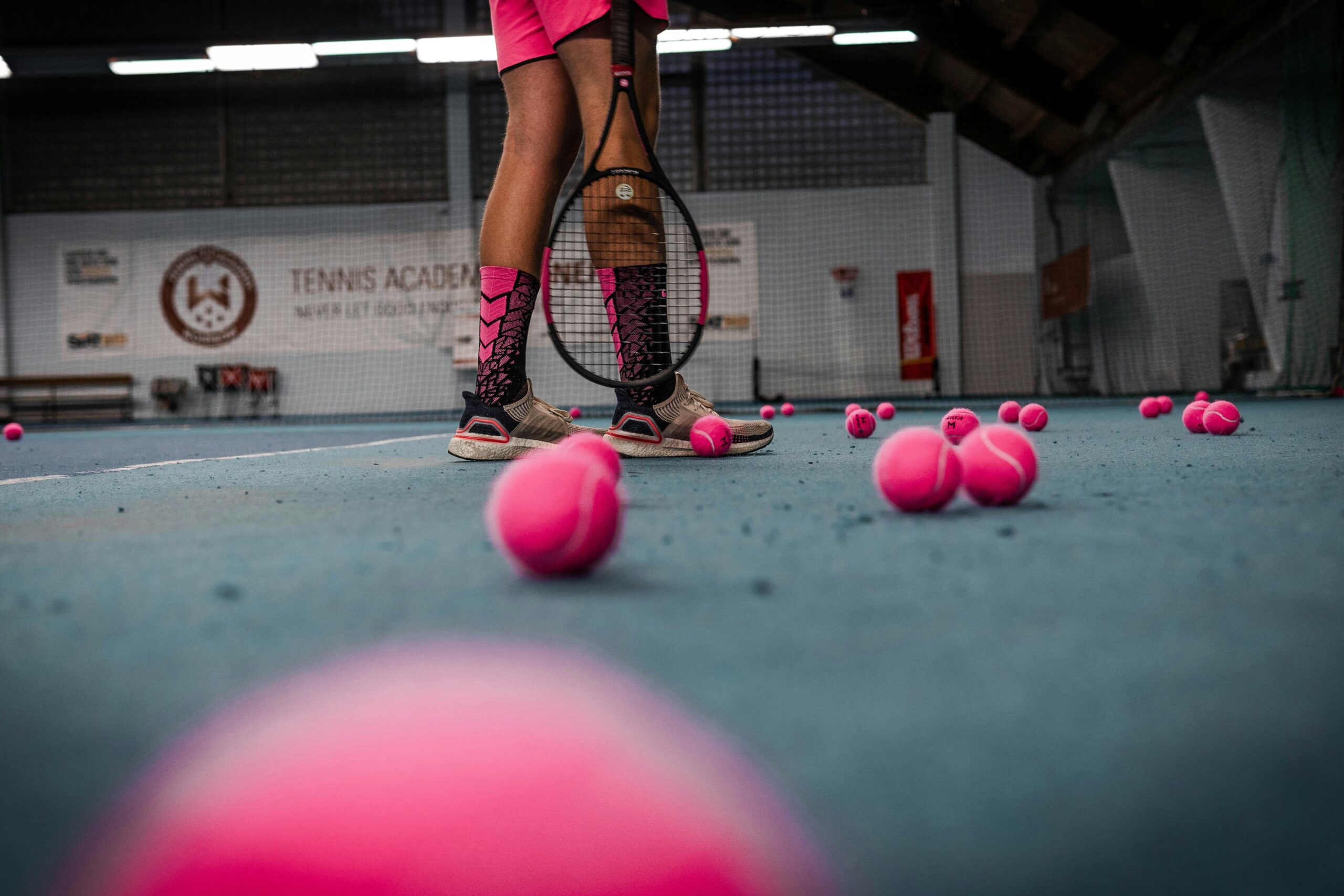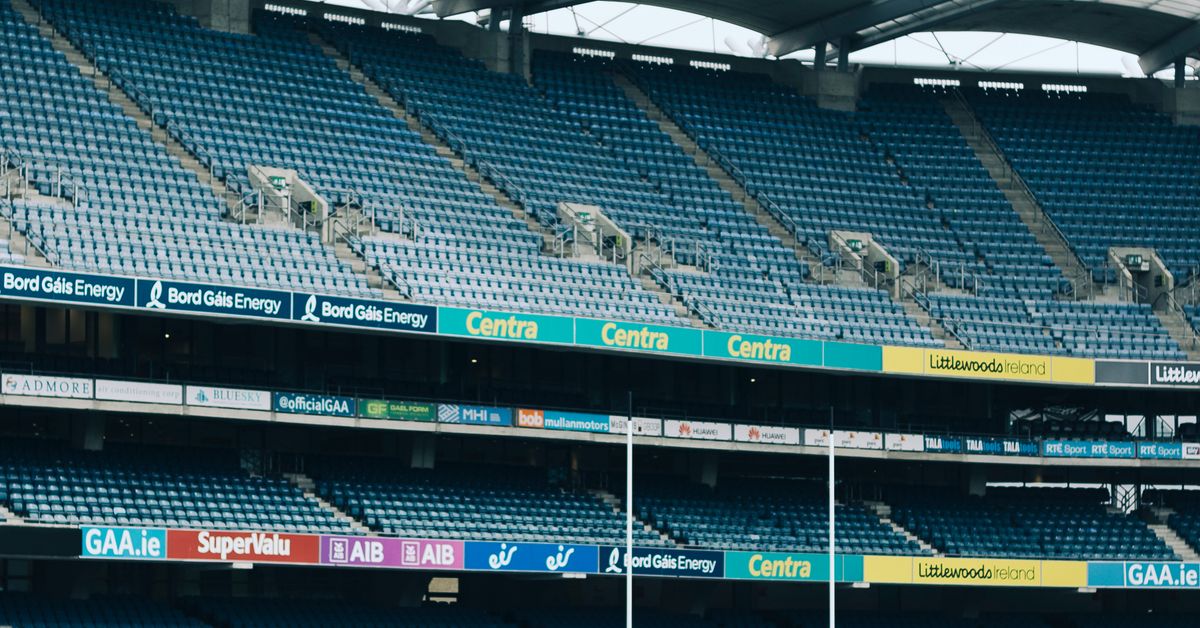Unleashing the Power of Community in Local Sports Leagues
When we think of sports, our minds often drift to grand stadiums filled with roaring fans, national championships, and global superstars. Yet, some of the most profound impacts of sports occur in our own backyards—within local leagues that bring communities together. These leagues aren’t just arenas for competition; they’re vibrant ecosystems where friendships blossom, skills are honed, and communities unite. It struck me the other day while watching a local little league game—how much these seemingly small gatherings truly matter.
The Heartbeat of Local Leagues
Local sports leagues serve as the heartbeat of many communities. They are where young athletes take their first steps into the world of sports, often with a nervous smile and a borrowed jersey that’s slightly too big. Parents line the sidelines, coffee cups in hand, cheering for every run and every goal as if their child’s success were a matter of national pride. This isn’t just a game; it’s a festival of shared experiences, and the collective spirit of community is palpable.
But it’s not just the kids who benefit. Local sports leagues provide an invaluable opportunity for adults, too. From coaching to volunteering as officials, adults engage in meaningful ways that foster connections within the community. I recall my own experience coaching a youth soccer team, where I learned much more about patience and teamwork than I ever did from my high school sports days. As the kids scored goals (most of the time), we celebrated together, creating bonds that would last beyond the season.
Building Bridges: Inclusivity in Local Sports
One of the most heartwarming aspects of local sports leagues is their inherent inclusivity. Kids from different backgrounds, cultures, and neighborhoods come together, united by the love of the game. This melting pot of diversity fosters understanding and camaraderie. A recent study found that participants in community sports programs are more likely to develop friendships with peers from different backgrounds. When kids play together, they learn to appreciate each other’s differences; they form connections that transcend the barriers that often divide us.
For instance, let’s consider a community basketball league in a diverse urban area. On any given Saturday morning, you’d see kids from all walks of life dribbling their way to the hoop, exchanging high-fives and laughter. They’re not just learning about basketball; they’re gaining life skills—teamwork, respect, and empathy. These leagues often have programs tailored for children with disabilities as well, promoting an all-inclusive environment. It’s nothing short of magical to see a child with a disability scoring a basket, surrounded by teammates who genuinely celebrate their achievement.
Creating Lifelong Memories
As a sports journalist, I’ve had the privilege of covering events at all levels, but I must admit, nothing compares to the raw emotion of a local championship game. The energy in the air is electric—parents and friends crowding the sidelines, the smell of hot dogs wafting from a nearby grill, and the excitement of young athletes ready to give it their all. These moments create lifelong memories, not just for the players but for everyone involved.
Take, for example, the annual summer softball tournament held in a small town. Every year, families come together, setting up picnic blankets and coolers as they cheer on their favorite teams. The thrill of competition is palpable, but so is the spirit of togetherness. Old rivalries are rekindled, and new friendships are forged over shared victories and losses. After the final game, win or lose, everyone gathers for a community barbecue, where stories are exchanged, and laughter fills the air. These are the moments that define community, and they often transcend the sport itself.
Economic Impact: More Than Just Games
While the emotional and social benefits of local sports leagues are often discussed, the economic impact should not be overlooked. Community sports leagues can invigorate local economies in several ways. They draw families into town—parents who might grab lunch or dinner after a game, or local businesses that sponsor teams in exchange for advertising. Some studies suggest that sports tourism, driven by local tournaments and events, can bring thousands of dollars into small economies.
- Local Businesses: Restaurants, shops, and service providers often see a spike in business during the season.
- Tourism: Tournaments can attract teams from neighboring communities, filling hotels and restaurants.
- Sponsorships: Local businesses frequently sponsor teams, in turn fostering community pride and loyalty.
As someone who loves to support local businesses, I can’t help but smile when I see a local diner advertising their “Team Special” on game days. It’s a win-win situation—communities get to enjoy a great meal, and businesses thrive while supporting local athletes. And honestly, who doesn’t love a good burger after a long day of cheering?
Challenges Faced by Local Leagues
Despite the myriad benefits, local sports leagues are not without their challenges. Funding is often a significant issue. Many leagues rely heavily on volunteers and donations, which can lead to financial instability. Equipment, uniforms, and field maintenance all require money that can be hard to come by. I remember a time when my local baseball league had to hold a fundraiser just to afford new bats and helmets; it was a community effort that brought us all together, but it highlighted the financial hurdles these leagues often face.
Moreover, the pressure to perform can sometimes overshadow the fun. Parents can become overly invested, and youth sports can turn into a high-stakes environment that detracts from the core values of teamwork and enjoyment. A casual observer might be surprised to hear the intensity of the sidelines at a local game. Coaches, parents, and players alike often feel the weight of expectations, transforming what should be a joyful experience into a stressful one.
Community Engagement: The Role of Volunteers
At the heart of every successful local sports league lies a dedicated group of volunteers. Coaches, league organizers, and parents put in countless hours to ensure that everything runs smoothly. Their passion is infectious, and without them, many leagues would struggle to function. I recall interviewing a volunteer coach who dedicated her evenings and weekends to mentoring young athletes. She shared that her motivation stemmed from a desire to give back to the community that nurtured her as a child. Her story resonated with me, perfectly illustrating the ripple effect of community support.
Volunteers not only provide the necessary manpower but also serve as role models for young athletes. Their dedication teaches kids about responsibility, commitment, and the importance of giving back. It’s a beautiful cycle—today’s players can become tomorrow’s coaches and mentors, continuing the legacy of community involvement.
Embracing Technology: A New Era for Local Leagues
As we move further into the 21st century, technology is starting to play a significant role in local sports leagues. From online registration to social media marketing, leagues are finding innovative ways to engage with their communities. I’ve seen teams use social media platforms to share highlights, organize fundraisers, and even create a sense of belonging among players and families. It’s fascinating how a simple tweet or Facebook post can rally support and increase participation.
Moreover, technology has transformed how games are played and viewed. Streaming services now allow families who can’t attend games to watch from home, creating a virtual community that complements the physical one. Isn’t it amazing to think that a grandparent from across the country can tune in to watch their grandchild score a goal? That’s the power of technology at work.
The Future of Local Sports Leagues
So, where do we go from here? The future looks promising for local sports leagues, provided we continue to nurture them. Communities must prioritize youth sports, ensuring they have the resources needed to thrive. This might mean increased funding, better facilities, or innovative programs designed to engage more participants. One idea that has taken off in some areas is the concept of multi-sport leagues, which allow kids to try multiple sports within a single season. This not only keeps things exciting but also promotes a more well-rounded athletic experience.
Additionally, there’s a growing trend towards sustainability within community sports. Many leagues are beginning to adopt eco-friendly practices, from using recyclable materials at events to implementing green initiatives for field maintenance. It’s a movement that resonates with younger players who are increasingly aware of environmental issues. I remember chatting with a young athlete who was passionate about sustainability, and it was refreshing to see how community sports could intersect with such important global conversations.
Conclusion: A Call to Action
Local sports leagues are more than just a pastime; they are essential threads woven into the fabric of our communities. They provide a platform for youth development, foster friendships, and create lasting memories. As we move forward, it’s vital that we come together to support these leagues—whether it’s through volunteering, attending games, or simply spreading the word about their importance.
In the grand scheme of things, every little effort counts. So, the next time you see a flyer for a local sports league or hear about a game in your neighborhood, consider getting involved. Donate your time, cheer from the sidelines, or even share your own experiences with the next generation of athletes. Together, let’s unleash the power of community in local sports leagues, ensuring that they continue to thrive for generations to come.




